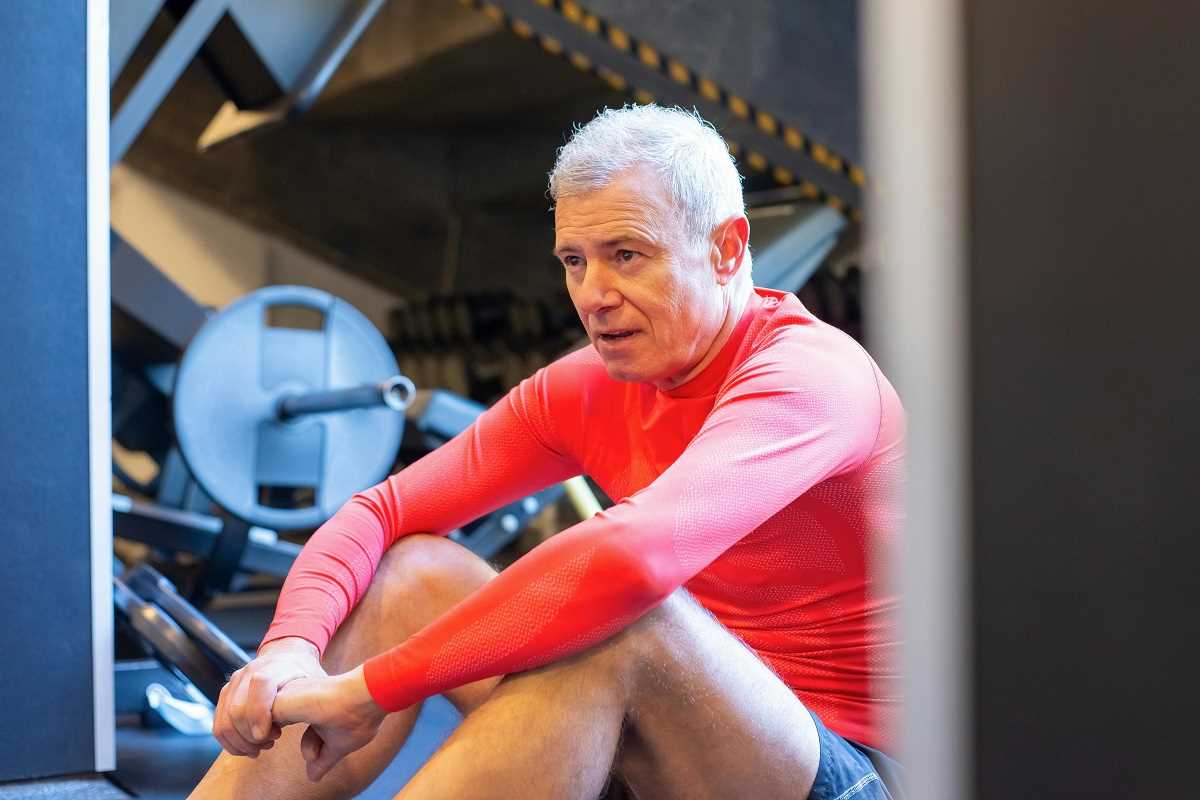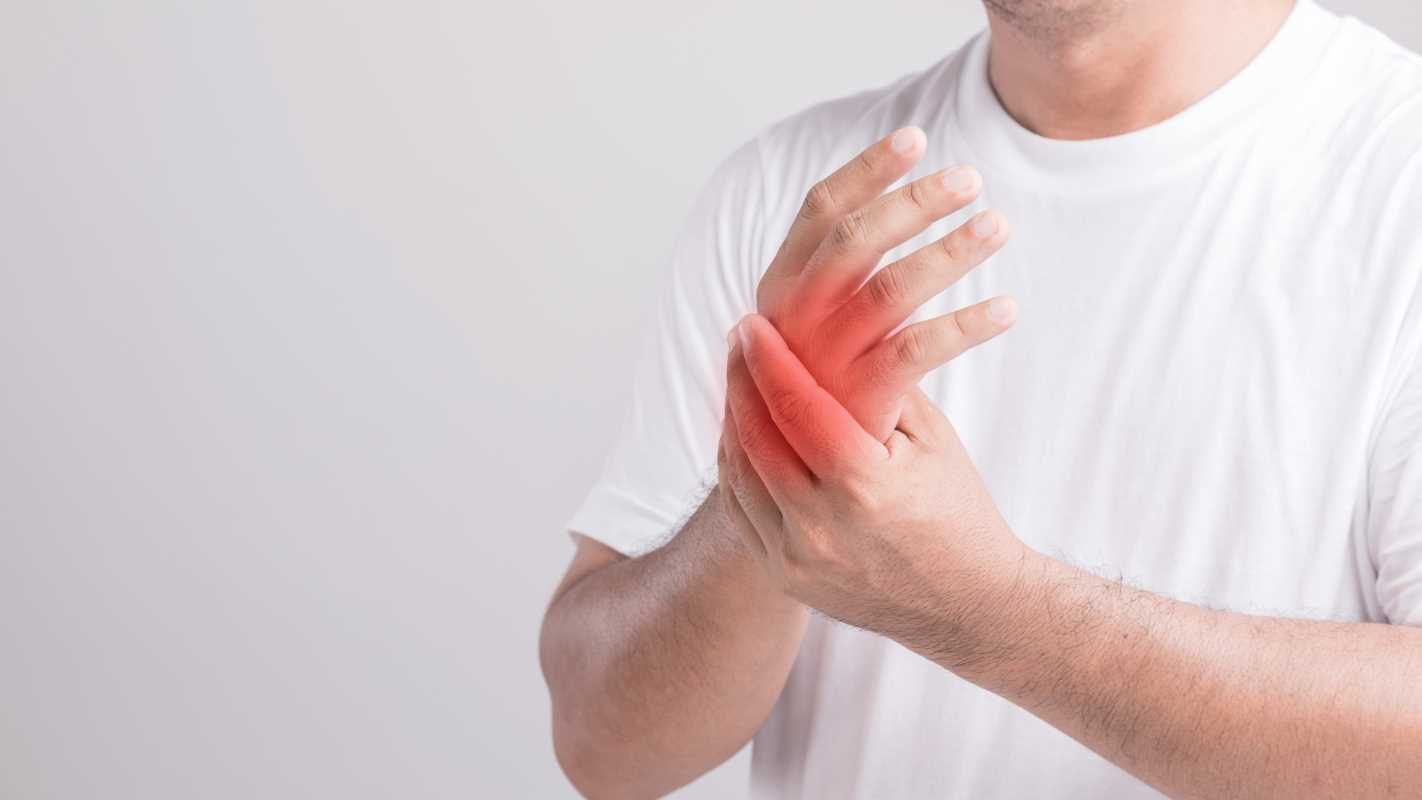Feeling held back by persistent pain or worried about your heart's health? You’re not alone. Many people face these challenges daily, but there's a powerful way to tackle both: regular exercise. Combining physical activity tailored for pain relief with heart-healthy routines can transform your life, making you feel stronger, more energetic, and overall healthier.
The Connection Between Exercise and Pain Relief
Exercise plays a crucial role in managing and reducing chronic pain. Here are some types of exercise that can help alleviate pain:
- Low-impact aerobic exercises: Activities like walking, swimming, and cycling increase blood flow and reduce inflammation without stressing the joints.
- Strength training: Building muscle strength supports and stabilizes joints, decreasing the strain that can lead to pain.
- Flexibility exercises: Stretching routines and yoga enhance flexibility, reducing stiffness and improving range of motion.
- Pilates: Focusing on core strength and body alignment, Pilates can alleviate back pain and improve posture.
- Tai Chi: This gentle martial art combines movement and mindfulness, helping to manage pain and improve balance.
Incorporating these exercises into your routine can lead to significant pain relief and improve your quality of life. Consistency is key, as regular physical activity helps maintain the benefits over time.
Understanding Cardiovascular Benefits of Exercise
A healthy heart is essential for overall well-being, and exercise is one of the most effective ways to support cardiovascular health. Engaging in regular physical activity strengthens the heart muscle, allowing it to pump blood more efficiently. This reduces the workload on your heart and lowers blood pressure, decreasing the risk of hypertension.
Additionally, exercise helps improve cholesterol levels by increasing high-density lipoprotein (HDL) and decreasing low-density lipoprotein (LDL). It also enhances blood circulation, reduces inflammation, and helps maintain a healthy weight, all of which are critical factors in preventing heart disease and promoting long-term heart health.
Incorporating Exercise Into Daily Life
- Set realistic goals: Start with manageable activities and gradually increase the intensity and duration as your fitness improves.
- Choose activities you enjoy: Whether it’s dancing, hiking, or playing a sport, enjoying your exercise makes it easier to stick with.
- Create a schedule: Allocate specific times for exercise in your daily routine to ensure consistency.
- Use reminders: Set alarms or use calendar notifications to remind you to stay active.
- Involve friends or family: Exercising with others can provide motivation and make activities more enjoyable.
- Incorporate movement into daily tasks: Take the stairs instead of the elevator, walk or bike to nearby destinations, and take short active breaks during work.
- Track your progress: Keep a journal or use a fitness app to monitor your activities and celebrate your achievements.
Integrating these tips into your daily life can make exercise a natural and enjoyable part of your routine, leading to lasting health benefits.
Success Stories: Real-Life Transformations
Maria struggled with chronic back pain for years, making simple tasks like bending or lifting difficult. After incorporating a combination of yoga and strength training into her routine, she noticed a significant reduction in her pain levels. Maria now enjoys a more active lifestyle and has regained her mobility and confidence.
John, in his early fifties, was diagnosed with high blood pressure and was advised to improve his heart health. He started walking briskly for 30 minutes each day and added swimming sessions twice a week. Within six months, John's blood pressure normalized, and he felt more energetic and healthier than ever before.
Combining Strategies for Holistic Health
Blending exercises that target pain relief with those that promote heart health creates a comprehensive approach to wellness. By addressing both aspects, you not only alleviate discomfort but also enhance your cardiovascular system, leading to a balanced and healthier life. This synergy ensures that improvements in one area support gains in the other, resulting in overall better health outcomes.
Taking the first step towards combining pain relief and heart-healthy exercises can lead to remarkable improvements in your well-being. Embrace a balanced approach to fitness and enjoy a refreshed, healthier life.
 (Image via
(Image via





